Edwin Ostrin, M.D., Ph.D., discusses the ongoing research into whether vaping is linked to lung cancer and other lung health issues.
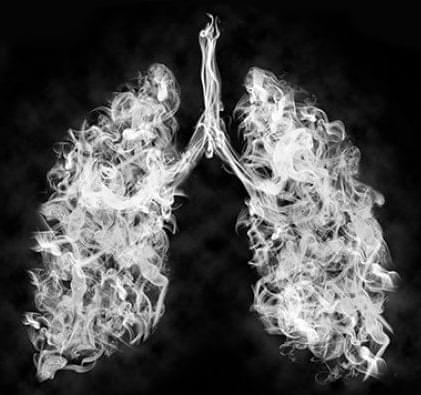

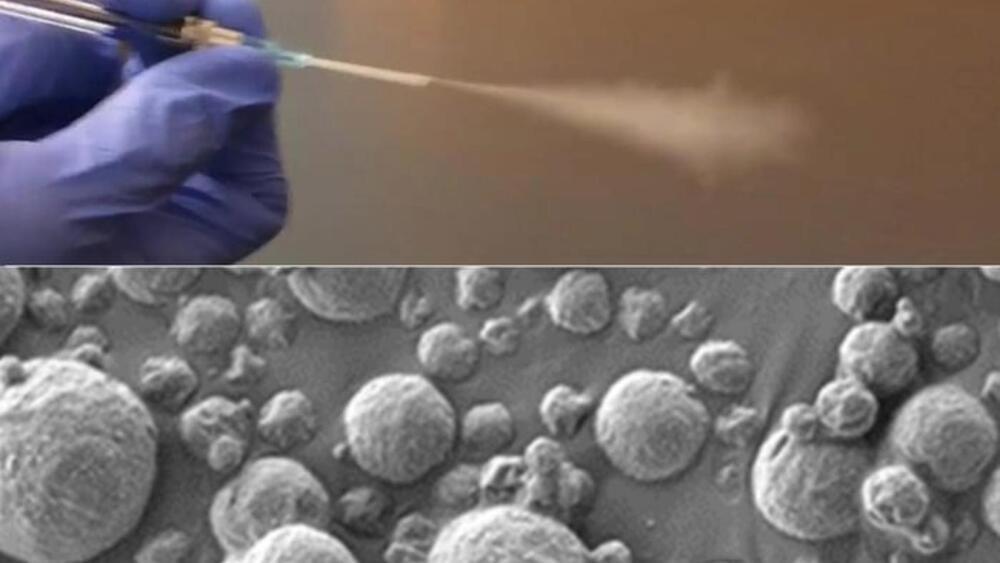
The technique of inhaling nanoparticle sensors followed by a urine test may offer the potential for faster and early detection of lung cancer.
Scientists from the Massachusetts Institute of Technology (MIT) have introduced this cutting-edge medical technology, presenting a simplified approach to diagnosing lung cancer.
Additionally, this innovation holds particular promise for low-and middle-income countries where the accessibility of computed tomography (CT) scanners is limited.
The survival strategies employed by one of the most aggressive, territorial and venomous ant species may pave the way to revolutionize robotics, medicine and engineering.
Fire ants survive floods by temporarily interlinking their legs to create a raft-like structure, allowing them to float collectively to safety as a unified colony and then releasing to resume their individual forms.
Drawing inspiration from this natural process, researchers at Texas A&M University discovered a method that allows synthetic materials to mimic the ants’ autonomous assembly, reconfiguration and disassembly in response to environmental changes such as heat, light or solvents.
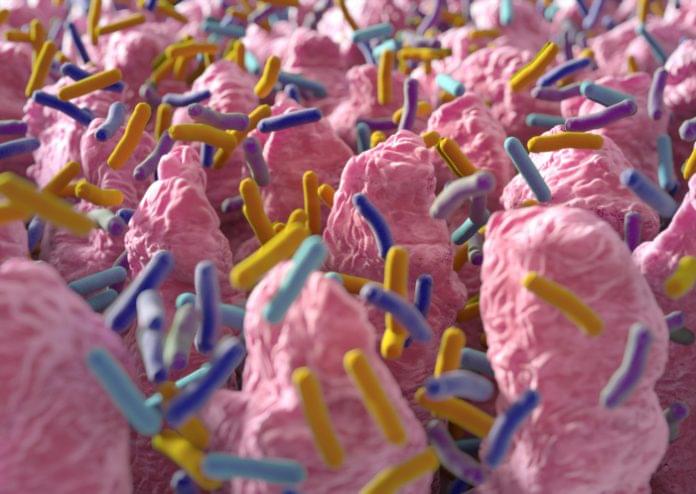
Emerging evidence implicates the gut microbiome in cognitive outcomes and neurodevelopmental disorders, but the influence of gut microbial metabolism on typical neurodevelopment has not been explored in detail. Researchers from Wellesley College, in collaboration with other institutions, have demonstrated that differences in the gut microbiome are associated with overall cognitive function and brain structure in healthy children.
This study—published Dec. 22 in Science Advances—is a part of the Environmental Influences on Child Health Outcome (ECHO) Program. This study investigates this relationship in 381 healthy children, all part of The RESONANCE cohort in Providence, Rhode Island, offering novel insights into early childhood development.
The research reveals a connection between the gut microbiome and cognitive function in children. Specific gut microbial species, such as Alistipes obesi and Blautia wexlerae, are associated with higher cognitive functions. Conversely, species like Ruminococcus gnavus are more prevalent in children with lower cognitive scores. The study emphasizes the role of microbial genes, particularly those involved in the metabolism of neuroactive compounds like short-chain fatty acids, in influencing cognitive abilities.
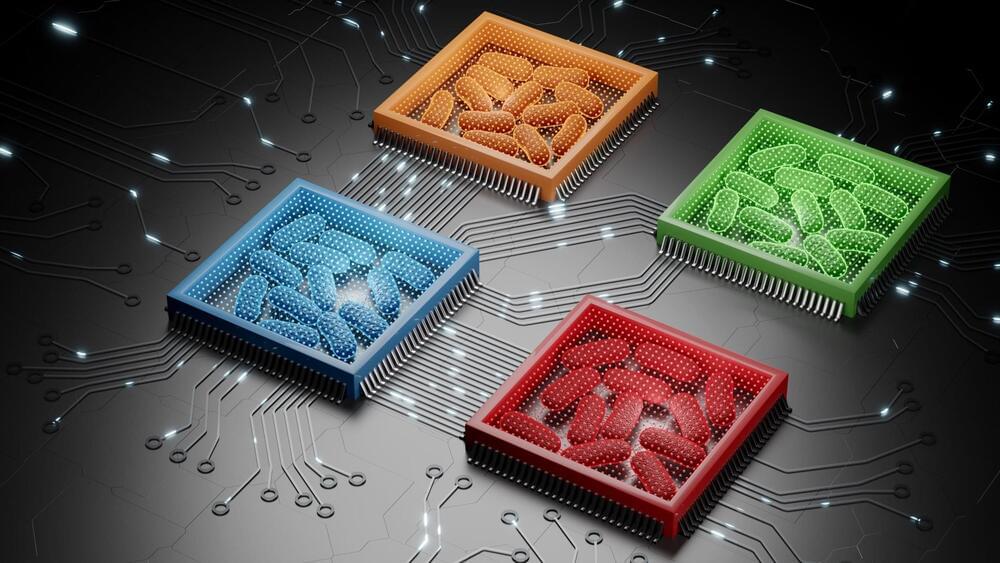
Machine learning and laboratory experiments have provided scientists with insights into the different languages bacteria use to communicate. By understanding the ways in which bacteria interact and the circumstances under which their communication is disrupted, researchers can tackle issues related to drug-resistant bacteria and advance the development of biocomputing technologies.
The study builds on an earlier project in which the researchers showed that disrupting bacterial communication is an effective way to fight multidrug-resistant bacteria. Bacteria use small molecules to communicate with each other and coordinate infection, and the team showed that interfering with bacterial communication by blocking these molecules reduced inflammation and made the bacteria more vulnerable to antibiotics.
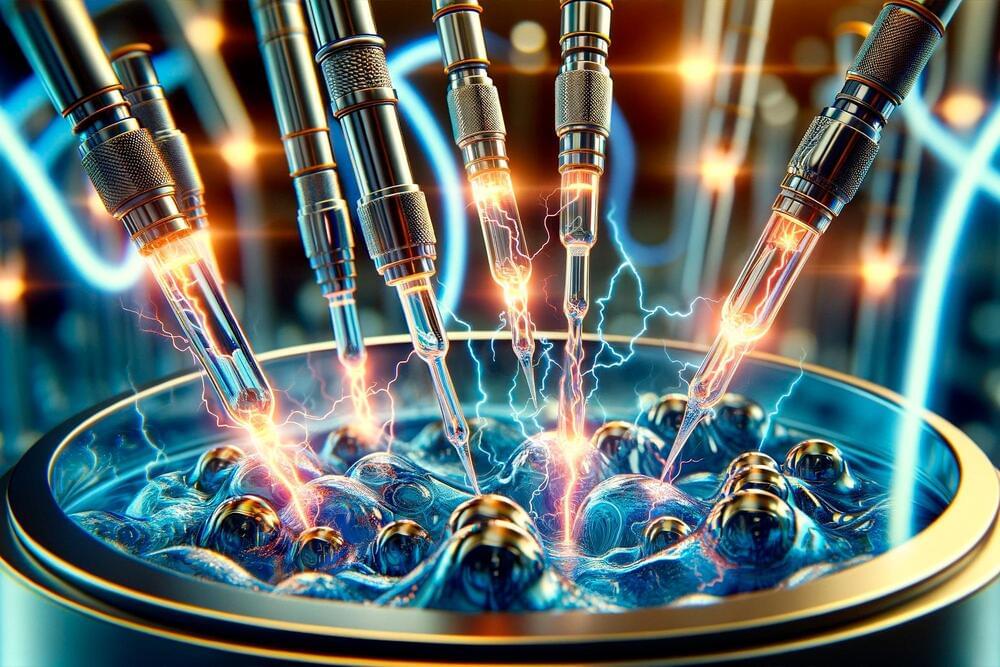
University of Chicago scientists have developed a way to improve chemical reactions in drug manufacturing using electricity. This breakthrough in electrochemistry, enhancing efficiency and sustainability, opens new avenues in green chemical production. Credit: SciTechDaily.com.
As the world moves away from gas towards electricity as a greener power source, the to-do list goes beyond cars. The vast global manufacturing network that makes everything from our batteries to our fertilizers needs to flip the switch, too.
A study from UChicago chemists found a way to use electricity to boost a type of chemical reaction often used in synthesizing new candidates for pharmaceutical drugs.
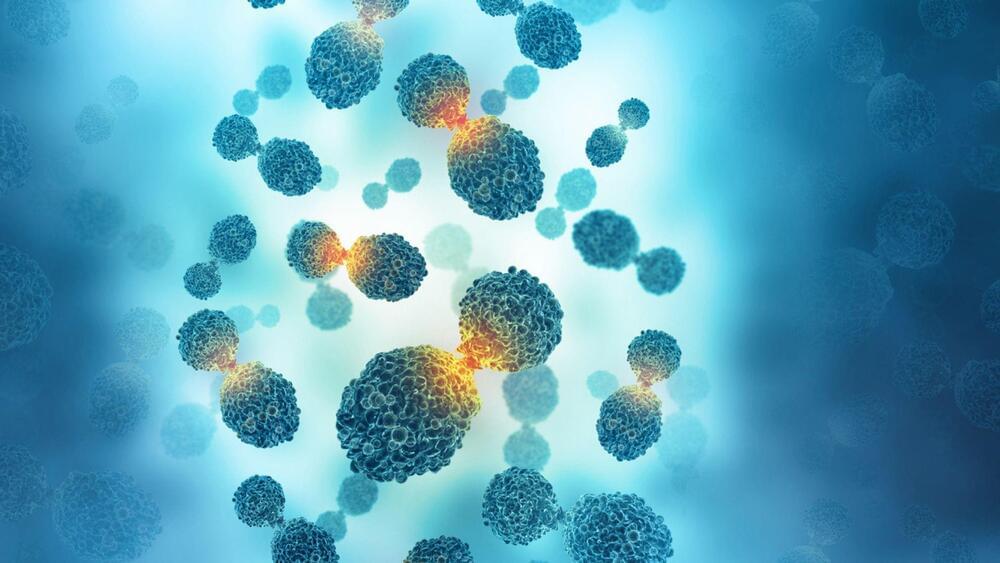
Furthermore, they are recognized transcription factors critical in human embryo development and tissue function.
Potential novel cancer therapeutics
The statement noted that this discovery opens the door to potential novel cancer therapeutics.
“NK cells, our first line of defense against pathogens and internal threats like cancers, could be fortified by therapies enhancing their killing prowess by targeting IKAROS and JUN/FOS biology.”

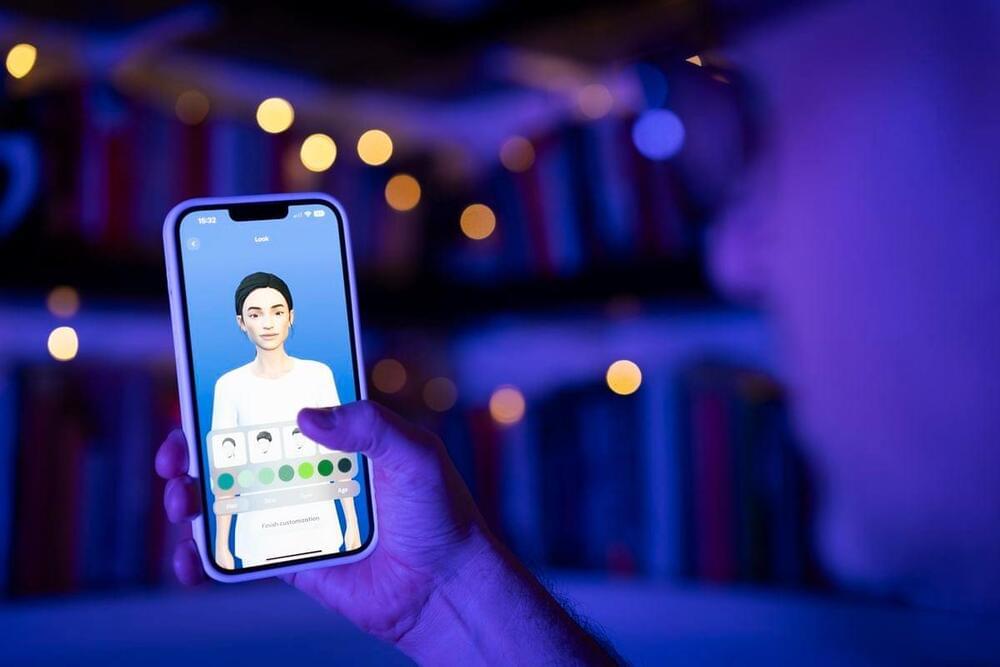
Scientific knowledge can progress rapidly, yet its social, economic, and political impacts often unfold at a painstakingly slow pace. The medicine of the 21st century draws upon genetic and embryological breakthroughs of the 19th century. Our current technology is firmly grounded in quantum physics, which was formulated a century ago. And the topic of the day, artificial intelligence (AI), traces its origins to the secret weapons research during World War II.
In 1935, the brilliant British mathematician, Alan Turing, envisioned a conceptual computer. His genius would later lead him to crack the Enigma code used by German submarines for secret communications during the war. Turing’s contributions extended beyond cryptography, as he introduced fundamental concepts of AI, including the training of artificial neural networks. Benedict Cumberbatch portrayed Turing in the 2014 film The Imitation Game, which earned a screenplay Oscar that year. All this historical context brings us to the heart of the current AI revolution.
AI uses neural networks, also known as artificial neural networks, which are comprised of multiple layers of artificial neurons. Each neuron receives numerous inputs from the lower layer and produces a single output to the upper layer, similar to the dendrites and axon of natural neurons. As information progresses through each layer, it gradually becomes more abstract, resembling the process that occurs in the visual cortex of our brains.
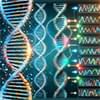
(Nanowerk News) A hardware accelerator initially developed for artificial intelligence operations successfully speeds up the alignment of protein and DNA molecules, making the process up to 10 times faster than state-of-the-art methods.
This approach can make it more efficient to align protein sequences and DNA for genome assembly, which is a fundamental problem in computational biology.